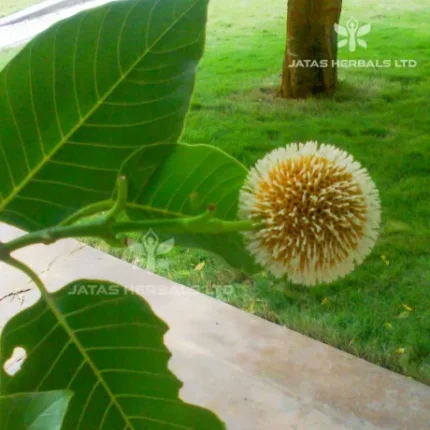Nagabala is the term used by Brihat Trayi repeatedly whereas its synonym Gangeruki is mentioned thrice only (C.S.Su.27/142 & S.S.Su.46/163; 170). The controversy on Nagabala or Gangeruki seems to be relatively recent. Chakrapani considered Gangeruki as Nagabala fruit (C.S.27/142). In this context Gangadhara clarified that this plant is also known as Guda Sarkara. In another context Chakrapani described Nagabala as Goraksha Tandula (S.S.Su.15/33). Shivadas Sen also opined that Nagabala is Goraksha cakuliya. Another commentator Adhamalla also mentioned that Nagabala and Guda Sarkara are the synonyms of Gangeruki. From the above finding it is apparent that the controversy started with the synonym / vernacular name Guda Sarkara which is a Grewia species. Thakurji opined that different plants viz. Sida spinosa Linn., S. veronicaefolia Lam., Urena lobata Linn., Grewia populifolia Vahl and G. hirsuta Vahl. Var. helicterifolia have been accepted as Nagabala at various places. Gœngeruki and Guda Sarkara may be the two species of Grewia i.e.; G. populifolia and G. hirsuta respectively. Therefore Nagabala can be accepted as S. veronicae-folia.
Bapalal Vaidy quotes- “We in Gujerat believe G. tenax Fiori as Nœga balŒ. Gangeruki is a synonym of Nagabala and Gangaren, Ganjeti and Gangeti are the words still used for this plant. ‘Gangeti’ iti loke thus say the commen-tatior of ‘Nghantu Sesha’.
Botanical Description – It is an extensively branched shrub growing upto 2 m. It bears pure white coloured flowers.
Major Chemical Constituents– Triacontan, lupenone, β sitosterol, α amyrin
Part Used– Root, Stem bark
Dosage– Fresh juice 10-20 ml, decoction 50-100 ml.
References–
The crude alcoholic extract of G. populifolia did not exhibit antitubercular action in vitro against Myco. Tubesculosis. The extract however slightly increased the intestinal motility (Sarkar & Khanna, 1959).






Reviews
There are no reviews yet.